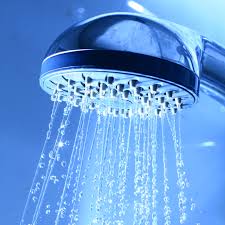Legionella is the bacterium that leads to what is known as legionnaires’ disease, which is a type of pneumonia (lung infection). The bacterium acquired its name after a 1976 outbreak when many people, who went to a Philadelphia convention of the American Legion, suffered from this disease. Each year, between 8,000 and 18,000 people are hospitalized with Legionnaires’ disease in the U.S. The actual number of infections is undoubtedly higher since many infections are not diagnosed or reported.
People get Legionnaires’ disease when they breathe in a mist or vapor (small droplets of water in the air) containing the bacteria. Symptoms may include a high fever, chills, cough, muscle aches, headaches, and diarrhea. The bacteria are not spread from one person to another person.
The Legionella bacteria are found in natural water sources such as rivers, lakes and reservoirs, but usually in low numbers. If conditions are favorable, the bacteria may grow in water systems increasing the risks of Legionnaires’ disease. The bacteria grow best in warm water, like the kind found in
The key to preventing legionellosis is properly designed water systems and maintenance of the water systems in whichLegionella grow, including drinking water systems, hot tubs, decorative fountains, and cooling towers. Technical documents, such as ASHRAE Guideline 12-2000, as well as other governing codes and standards provide guidelines for appropriate water temperatures and chemical treatment of water for legionella prevention.

